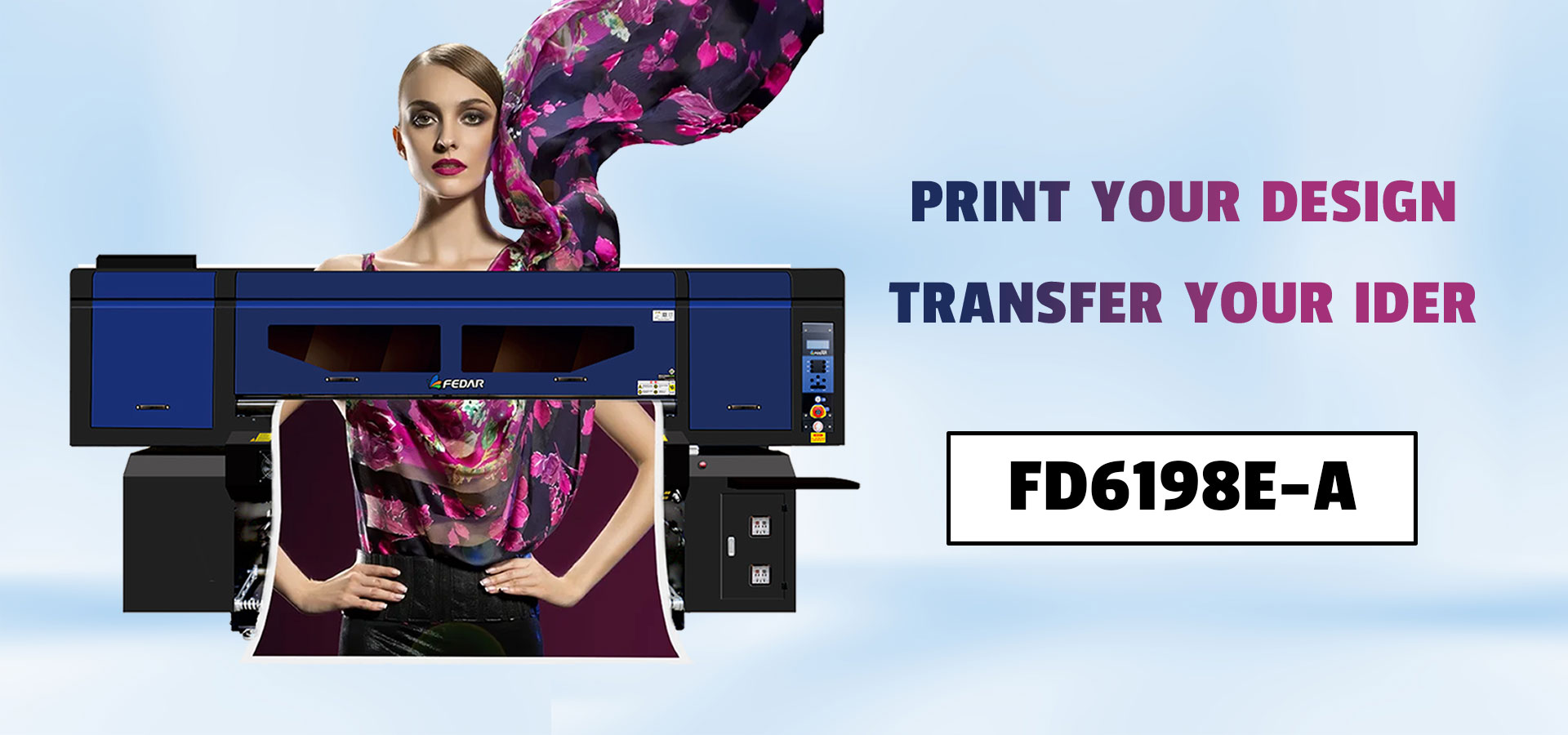The textile printing industry is undergoing a seismic shift, driven by technological advancements and changing consumer demands. At the forefront of this transformation are digital textile printers and dye sublimation printers, which are redefining efficiency, sustainability, and creativity in fabric production.
1. The Rise of Digital Textile Printing
Digital textile printers have emerged as game-changers, enabling high-precision, customizable designs with minimal waste. Unlike traditional screen printing, these devices use advanced inkjet technology to directly apply vibrant, long-lasting dyes onto fabrics—eliminating the need for costly setup and reducing lead times by up to 70%410. For instance, modern digital textile printers like HPRT’s DA208S EVO achieve speeds of 1,800㎡/h while maintaining 4,800 DPI resolution, making them ideal for both fast fashion and luxury apparel10. Their flexibility supports diverse materials, from cotton and silk to elastic blends, catering to the growing demand for personalized and small-batch production.
2. Dye Sublimation: Powering Sustainable and Vibrant Prints
Dye sublimation printers specialize in transferring intricate designs onto synthetic fabrics using heat-activated inks. This method not only delivers unparalleled color vibrancy but also aligns with global sustainability goals. By eliminating water-intensive processes and reducing chemical waste, dye sublimation cuts environmental impact by up to 60% compared to conventional methods46. Innovations like HPRT’s DA186T PLUS, which prints 1,080㎡/h on heat transfer paper, exemplify how this technology supports high-volume, eco-friendly production for applications ranging from sportswear to home textiles10.

3. Market Trends Driving Adoption
The shift toward “small-batch, fast-response” production models has accelerated the adoption of digital solutions. With over 12% annual growth in digital printer installations, brands now prioritize agility—reducing inventory risks and meeting rapid fashion cycles46. Additionally, stricter environmental regulations, such as China’s Green低碳 Development Guidelines, are phasing out polluting analog methods, favoring digital alternatives that use water-based inks and energy-efficient workflows610.
4. Future Outlook: Smart and Integrated Solutions
The next wave of innovation lies in (smart) systems. Emerging technologies like AI-driven color matching and IoT-enabled printers are optimizing production accuracy and reducing downtime. For example, hybrid machines combining digital and screen printing (e.g., HPRT’s DA18FS HYBRID) offer cost-effective scalability for large orders while maintaining design flexibility10. Furthermore, advancements in technology—such as high-wash-fastness pigment inks—are expanding applications to technical textiles like swimwear and outdoor gear610.
Conclusion
As the textile industry embraces digital transformation, digital textile printers and dye sublimation printers are not just tools but catalysts for a greener, more agile future. By investing in these technologies, businesses can unlock new opportunities in customization, sustainability, and global market reach. Stay ahead of the curve—explore how digital innovation can elevate your textile production today.